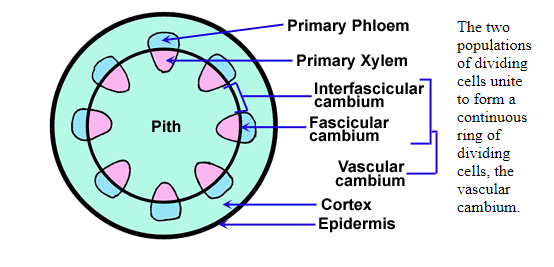Difference Between Selective Media And Differential Media With Examples
What Is Selective Media? Selective media refer to a type of growth media that allows the growth of selected microorganisms in the medium. Selective media are formulated to contain ingredients that inhibit the growth of selected species or categories of bacteria while allowing other organisms to grow. These formulations may include antibiotics which inhibit the … Read more
